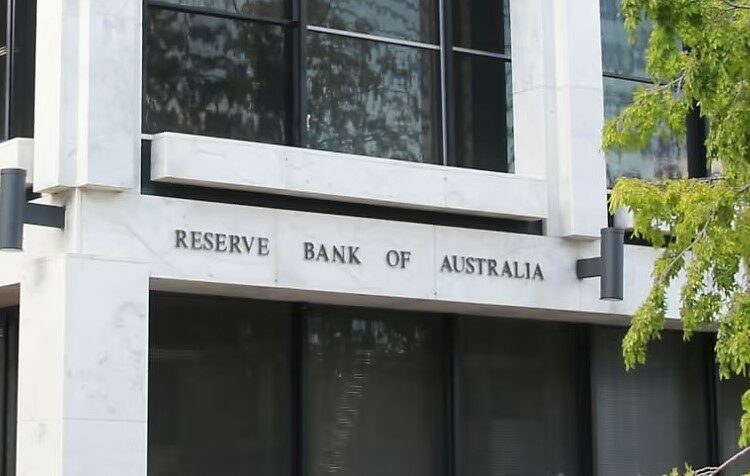The Reserve Bank of Australia’s (RBA) aggressive, inflation-stemming cash rate hiking cycle has left many Australian homeowners questioning if and when it will end.
Last December Australia’s central bank opted to lift the cash rate by 25 basis points – it’s eighth hike of the year – to 3.10 per cent, further compounding the financial woes of the 1 million mortgagers ‘at risk’ of mortgage stress.
With inflation at a 30-year high, many experts opine that interest rates will continue rising throughout this year, with Australia’s ‘big four’ banks forecasting the cash rate’s trajectory to remain upward until at least the end of the first quarter. NAB predicts the cash rate will hit 3.60 per cent by March before remaining steady into 2024, while the Commonwealth Bank of Australia (CBA) believes the RBA’s first cash rate cut will occur in November, resulting in a cash rate of 2.85 per cent by year’s end.
Westpac and ANZ remain less optimistic. The former expects the first interest rate cut to rear its head next November leading to a cash rate of 3.50 per cent, as opposed to Westpac’s prediction it will decrease in 12 months’ time before falling to 2.85 per cent by November 2024.
David Plank, head of Australian economics at ANZ, rationalised his position by stating; “I struggle with the view that the RBA will be in a position to ease with unemployment in the low threes and wage growth accelerating above 3.5 per cent.”
Moreover, minutes from a recent RBA meeting explained “forecasts were conditioned on a path for the cash rate derived from surveys of professional economists and financial market pricing, with the cash rate assumed to increase to around three per cent by the end of 2022, and then decline a little by the end of 2024.”
Canstar’s position differs from Australia’s largest banks, predicting the cash rate to exceed the highest big four forecast by almost one per cent.
Given the historical average cash rate over the past 33 years has been 4.6 per cent, and it has taken two crises – COVID-19 and the Global Financial Crisis – to drag it below 4.25 per cent, the financial site believes the cash rate could hit 4.6 per cent, 1.5 per cent greater than it currently is.
Should this come to fruition it would be the equivalent of a further six 0.25 increases and would culminate in a total of $1,386 being added to mortgage repayments since last April.
Canstar’s finance expert, Steve Mickenbecker, hinted “more rate rises look inevitable.”
“The Reserve Bank keeps reminding us that its cash rate decisions are all based on the data, and the December quarter inflation increase of 1.9 per cent, and annual rate 7.8 per cent won’t be enough to change the Bank’s course.”
He indicated the RBA could “take their foot off the pedal after another two or three cash rate increases,” though caveated that this “might be a breather and not necessarily a signal of imminent lower rates.”
In the event the cash rate soars to 4.60 per cent, Canstar extrapolated that the average variable rate for existing borrowers would be 7.48 per cent.
Regardless of the cash rate’s final destination, it has already caused immense financial strain on thousands of Australian households. Borrowers with a $500,000 loan have seen their payments surge by $88 since last April meaning they’re paying nearly $3,000 per month.
Adding another 1.5 per cent hike to this equation would see borrowers in the same circumstances charged a further $498.
Mr Mickenbecker urged borrowers “to get into as low a priced loan as they can find.”
“Even if times do get tougher, they’ll be better off,” he concluded.


